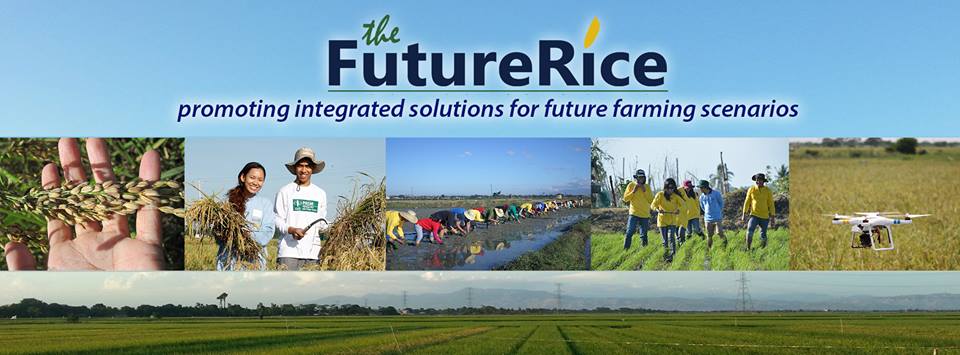At the FutureRice farm, we tried to
mechanize most aspect of rice production in order to demonstrate to farmers the
benefits of modern technology– in terms of savings in time, labor, and costs.
We made a simple comparison of a mechanized
rice farm and farmers’ current practice. While both systems already use small
hand tractors for land preparation, the addition of mechanical rice transplanter
and rice combine harvester provided greater savings and efficiency.
|
FutureRice
|
# of days
|
# of persons
|
Costs
(PhP)
|
Farmer’s
Practice
|
# of days
|
# of persons
|
Costs
(PhP)
|
|
Seedling preparation
|
2 days seed soaking; 1 day for seed tray;
|
6-7 to prepare seed trays
|
|
Seedbed prep;
Seed sowing
Pulling and
Transport
|
1 day
1 day
1 day
|
1
1
2-3
|
|
|
Seedling age
|
14 days
|
|
|
|
21-25 days
|
|
|
|
Transplanting
|
1 day
Mechanical
transplanter
|
2 persons per ha in 2 hrs
|
6,000
|
Manual transplanting
|
1 day
Manual labor
|
30 persons per ha in 4 hours
|
4,500
|
|
Harvesting
|
1 day
Combine
harvester
|
1 operator
2 assistants
|
12,365
|
Manual harvesting,
Hauling, transport
|
1 day/ha
|
15 per ha
|
16,167
|
|
|
|
|
|
Manual Threshing
|
1 day/ha
|
4 per ha
|
|
|
Total
|
|
|
18,365
|
|
|
|
21,167
|
Comparison
of mechanized rice farming and farmers’ practice with the addition of rice transplanter
and combine harvester in rice production, DS 2014 at the FutureRice farm in
Munoz, Nueva Ecija.
 |
| FutureRice farm is using the mechanical rice transplater to cut labor cost, save time and create uniform rows of transplanted rice seedlings |
With full mechanization (handtractors,
mechanical transplanter, combine harvester), farmers can save more than P3,000
per hectare. There is also considerable savings on time, with the use of 14 day
old seedlings. Transplanting can be done
in just 2 hours per hectare; while the rice combine harvester can harvest,
thresh and bag semi-dry palay in just one sweep, taking just 2 hours per
hectare.
 |
| During harvest time at FutureRice farm, combine harvester is used for efficient harvesting, with a significant decrease in harvest losses |
On the other hand, a farmer that is not
fully mechanized can also finish the major operations in one day, however, he
will need more people to complete the job. For instance, he will need 30
persons per hectare to finish the job in 4 hours. In harvesting, he will need
from 4 to 15 people to complete the cutting, hauling, transport and threshing
of his harvest. In times of limited
manpower, these operations can be significantly delayed.
Hence, aside from the actual savings in
direct costs, mechanization provides important labor and time savings to the
farmer.
Writers: Roger F. Barroga and Marian Anora
Visit and like our page @ https://www.facebook.com/FutureRice





